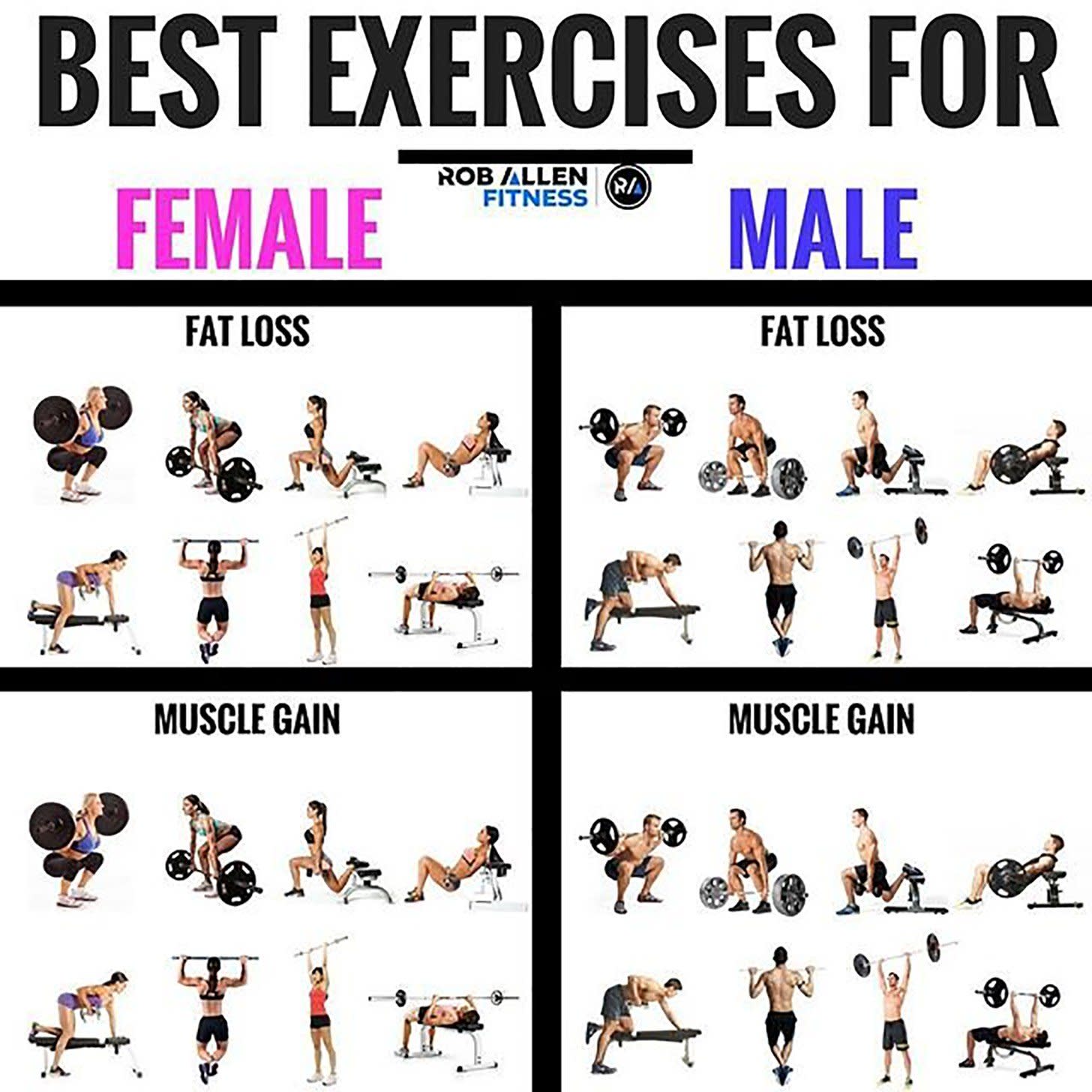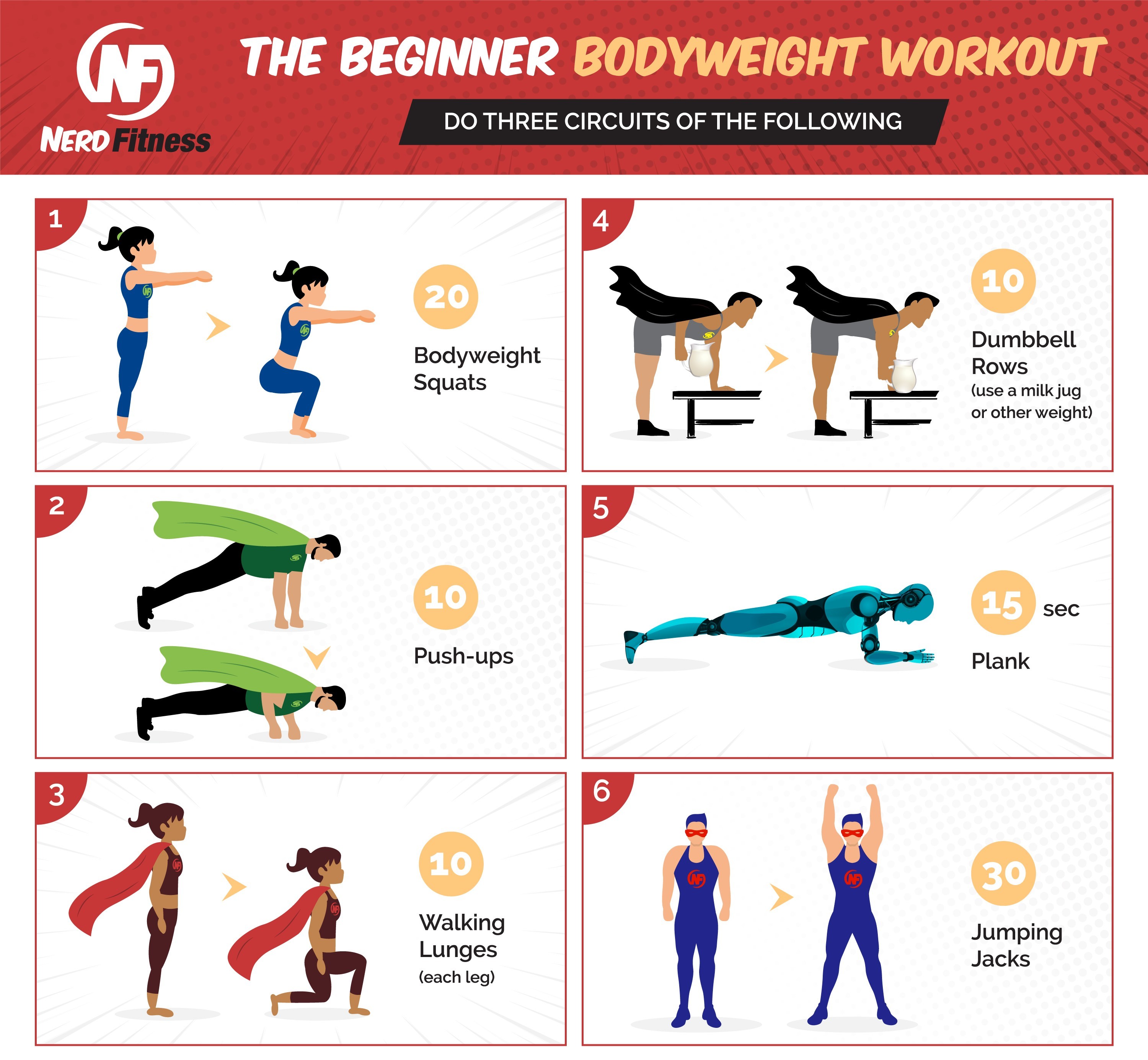Weight loss strength training programs combine the power of resistance exercise with the principles of weight loss to help individuals achieve their fitness goals. This guide will provide a comprehensive overview of weight loss strength training, including its benefits, how to create a personalized program, and nutritional considerations.
Weight loss strength training programs offer numerous benefits, including increased muscle mass, improved metabolism, and reduced body fat. By combining weight training with a calorie-controlled diet, individuals can maximize their weight loss efforts and achieve a leaner, more toned physique.
Understanding Weight Loss and Strength Training
Weight loss is a complex process that involves multiple physiological mechanisms. It primarily occurs when the body burns more calories than it consumes, leading to a negative energy balance. This process can be achieved through a combination of diet and exercise.
Strength training, also known as resistance training, plays a crucial role in promoting weight loss. It involves exercises that work against resistance, such as lifting weights or using resistance bands. Strength training helps build muscle mass, which increases the body’s metabolic rate.
This means that even at rest, the body burns more calories due to the increased muscle tissue.
Benefits of Combining Weight Loss and Strength Training
Combining weight loss and strength training offers numerous benefits, including:
- Enhanced Fat Loss:Strength training helps preserve muscle mass while losing weight, leading to a higher proportion of fat loss compared to muscle loss.
- Improved Body Composition:By building muscle mass, strength training helps reshape the body composition, resulting in a leaner and more toned physique.
- Increased Strength and Power:Strength training directly improves muscular strength and power, which can enhance overall fitness and daily activities.
- Reduced Risk of Chronic Diseases:Strength training has been linked to a reduced risk of developing chronic diseases such as heart disease, type 2 diabetes, and osteoporosis.
Creating a Personalized Weight Loss Strength Training Program
To achieve effective weight loss through strength training, a personalized program tailored to your individual needs is crucial. This involves setting realistic goals, determining suitable exercises, and designing a training plan that aligns with your fitness level and weight loss objectives.
Setting Realistic Weight Loss Goals
- Establish a target weight loss rate of 1-2.5 pounds per week, which is a healthy and sustainable pace.
- Set short-term and long-term goals to stay motivated and track progress.
- Avoid drastic weight loss attempts, as they can lead to muscle loss and negative health effects.
Determining Appropriate Strength Training Exercises
- Focus on compound exercises that engage multiple muscle groups simultaneously, such as squats, lunges, push-ups, and rows.
- Choose exercises that target the major muscle groups, including legs, chest, back, and arms.
- Select exercises that match your fitness level and gradually increase the intensity and resistance as you progress.
Sample Weight Loss Strength Training Program
This sample program is designed for beginners and can be adjusted based on individual needs and fitness levels.
Discover the crucial elements that make just live off grid the top choice.
| Day | Exercises | Sets | Reps |
|---|---|---|---|
| Monday | Squats | 3 | 10-12 |
| Push-ups | 3 | 10-12 | |
| Rows | 3 | 10-12 | |
| Tuesday | Rest | ||
| Wednesday | Lunges | 3 | 10-12 |
| Chest press | 3 | 10-12 | |
| Triceps extensions | 3 | 10-12 | |
| Thursday | Rest | ||
| Friday | Squats | 3 | 10-12 |
| Deadlifts | 3 | 10-12 | |
| Bicep curls | 3 | 10-12 | |
| Saturday | Rest | ||
| Sunday | Rest |
Nutritional Considerations for Weight Loss and Strength Training
Nutrition plays a pivotal role in weight loss and strength training. A well-balanced diet provides the necessary energy and nutrients to support both muscle growth and fat loss.
Macronutrient distribution and calorie intake are crucial factors to consider. Protein, carbohydrates, and fats should be consumed in appropriate proportions to meet individual needs and goals.
Macronutrient Distribution
Protein is essential for muscle growth and repair. Aim for 1.6-2.2 grams of protein per kilogram of body weight per day. Carbohydrates provide energy for workouts and recovery. Consume 4-6 grams of carbohydrates per kilogram of body weight per day.
Fats are necessary for hormone production and cell function. Include 1-1.2 grams of fat per kilogram of body weight per day.
Calorie Intake
To lose weight, create a calorie deficit by consuming fewer calories than you burn. A deficit of 500-1000 calories per day is generally recommended. To gain muscle, consume a calorie surplus by eating more calories than you burn.
Healthy Eating Habits
- Eat whole, unprocessed foods.
- Hydrate well by drinking plenty of water.
- Limit processed foods, sugary drinks, and unhealthy fats.
- Cook meals at home to control ingredients and portions.
- Read food labels carefully to make informed choices.
Tracking Progress and Making Adjustments: Weight Loss Strength Training Program
Tracking your progress is essential for staying motivated and making adjustments to your weight loss strength training program. Key metrics to track include:
Weight loss
Track your weight weekly or bi-weekly. Aim for a gradual weight loss of 1-2.5 pounds per week.
Strength gains
Find out further about the benefits of complete off grid solar package that can provide significant benefits.
Track the amount of weight you can lift in each exercise. Aim to increase the weight gradually over time.Based on your progress, you may need to adjust your program. If you are not losing weight, you may need to increase the intensity or duration of your workouts, or decrease your calorie intake.
If you are not gaining strength, you may need to increase the weight you are lifting.It is also important to stay motivated and overcome plateaus. Here are some tips:
Set realistic goals
Don’t try to lose too much weight or gain too much strength too quickly.
Find an activity you enjoy
If you don’t enjoy your workouts, you are less likely to stick with them.
Get support
Join a support group or find a workout buddy to help you stay accountable.
Don’t give up
Plateaus are normal. Don’t get discouraged, and keep working towards your goals.
Additional Considerations and Safety Tips
It’s crucial to approach weight loss strength training with safety and proper technique in mind.
Importance of Warming Up and Cooling Down
Warming up prepares your body for the workout by increasing blood flow to the muscles and improving flexibility. Cooling down helps reduce muscle soreness and stiffness by gradually decreasing heart rate and blood pressure.
Enhance your insight with the methods and methods of ecotourism degree.
Proper Form and Technique
Maintaining proper form is essential to maximize results and minimize the risk of injury. Focus on correct posture, range of motion, and controlled movements. Consult a qualified fitness professional for guidance on proper technique.
Safety Precautions for Individuals with Underlying Health Conditions
Individuals with underlying health conditions should consult a healthcare professional before starting a weight loss strength training program. They may require modifications to exercises or intensity levels to ensure safety.
Investigate the pros of accepting mobile solar panel kits in your business strategies.
Final Thoughts
In conclusion, weight loss strength training programs are an effective way to achieve weight loss and improve overall health. By following the guidelines Artikeld in this guide, individuals can create a personalized program that meets their specific needs and helps them reach their fitness goals.
FAQ Overview
What are the benefits of weight loss strength training?
Weight loss strength training offers numerous benefits, including increased muscle mass, improved metabolism, and reduced body fat.
How often should I do weight loss strength training?
For optimal results, aim for two to three strength training sessions per week.
What exercises are best for weight loss strength training?
Compound exercises that work multiple muscle groups are ideal for weight loss strength training. Examples include squats, lunges, push-ups, and rows.



